Terry Abraham is currently riding high.
His second major film in a trilogy of portraits of Lake District mountains aired on BBC Four for the first time and he is currently part-way through a biopic of record-breaking British mountaineer Alan Hinkes.
The success of Life of a Mountain: Scafell Pike, and the follow-up feature on Blencathra have enabled him and his family to move from their base in Newark, Nottinghamshire, to the Lake District.
But it hasn’t always been plain sailing for the self-taught photographer and cinematographer. His film projects have seen him close to financial ruin and he admits he was close to giving up at one point.
As Life of a Mountain: Blencathra hits the small screens, the film-maker reveals the tribulations, trials, and triumphs of his journey to fame as a chronicler of the Lake District fells. The full film stretches to almost two hours, but the BBC version is a special abridged one-hour edit.
“I was 27 and I had a suspected heart attack,” he said. “It turned out to be a calcium deficiency so I was fine, but it proved to be the proverbial rocket up my rear and it reignited my passion for wild camping and spending lots of time in the outdoors because it was something I always did a lot as a child, growing up on a farm in the countryside.
“I did a lot of bushcrafting with my grandfather who was a gamekeeper. So it reignited that passion and I just started taking a video camera with me – a cheap camcorder doing little videos for YouTube showing the sites and the scene where I camped and it snowballed from there where I started taking the hobby a bit more seriously.”
He said he always had an interest in film and video. “I never took it up at university, but I’ve always had the passion and love for the outdoors so it was rather uncanny that at that moment in my life it ignited something in me to combine the two passions.
“I started taking the craft of film-making more seriously and promoting the outdoors and then I got made redundant. That was another rocket up the rear and it prompted me to go: I’m going to give this film-making malarkey a go full-time.
“The first year or so was very hard: very little or no money at all and I was still learning my trade, learning the craft and investing in better equipment. A lot of that was corporate videos for businesses based in the Peak District. Their angle was to get the nice, stunning ‘Terry’ shots that they liked that they’d seen I was doing from my camps and mixed in promoting their business.”
These led to the idea of Life of a Mountain: Scafell Pike. “I took a year or so out to do that and the rest, as they say, is history.
“Before that, I did the Cairngorms in Winter with Chris Townsend. It was a kind of testing ground to see if I could do a feature-length video, because it’s very different from editing something that’s three or five minutes long. You’ve got to keep people engaged; there’s a pace, a mood.
“So it proved a good training ground for me, ready for Scafell Pike. I was actually doing both at the same time. The whole thing proved invaluable. I knew exactly what I wanted to do with Scafell Pike, to a point, technically speaking. But the rest of it is just down to the people – and a lot of luck.
“I wanted the equilibrium to be there – the balance between the mountain and the people. I wanted it to be as much about the mountain as it is about the people.
“My grandmother had a great influence on me: her love of history, culture and heritage and that lingers with me to this very day. My grandfather, with the bushcrafting and enjoying the outdoors, again, it’s uncanny but those two influences are still with me to this day and really, the whole idea of Scafell Pike: Life of a Mountain was born out of a frustration that there was a lack of programmes on television promoting the outdoors and the British countryside – the last big thing was really Wainwright’s Walks if you discount something like Countryfile, though at the time that wasn’t as big as it is now – but I was also very frustrated that, yes, it’s very pretty and nice when they come to places like the Lake District and it looks beautiful, but I know as a wild camper and backpacker that it can look 10 times better.”
Abraham said it’s all about the light and the look, and the people making the existing programmes were on hourly rates or daily rates and they didn’t have the interest in the outdoors to go out and do what he does, camping out on the fells and getting the shot.
“I wanted to really showcase Scafell Pike. I thought, it’s a favourite area of mine, so I’ll start with something I’m familiar with. I like a challenge; I thrive on challenges and I thought: I don’t want a presenter presenting it with the usual chit-chat, as interesting as that is – and I like programmes like that – I wanted to do something that meant something from me, my personality, and that was to include all these different voices and stories from different people.
“So, that’s what led to the Scafell Pike film and after that, I didn’t think anyone would be interested in it or watch it. What do I know? It proved to be a life-changing experience for me.
“I wanted it to be a scenic spectacle. Just one programme; not a series. You’re there on an emotional journey, seeing this one place, through the course of the year, interesting stories from the people who live, work and play there.
“My angle was: I hoped it would be something beautiful to admire and look at, and at the same time perhaps people would be enlightened and educated. I don’t mean that in a patronising way, I mean it in terms of what goes on in the area. A lot of people just look at the hills and go for them. They don’t think about the people who live there and how this landscape appears as it does to this day.
“In retrospect, I can appreciate now how unique the idea was; how I went about it. And crikey, what a bloody undertaking to give myself. With just four months to go to the end of my filming, I was down to my last two hundred quid.
“I was all ready to give up; I make no bones about it. I’m quite a blokey bloke, but I’m not afraid to say there were times when I was sitting in the tent in a storm and I would be crying like a baby. I missed home and my family, being out there and also there was just shear exhaustion.
“So I was in no rush to work on anything on that scale all by myself after it was released and after the success that came off the back of the film. But that changed. Eric Robson coerced me: ‘Do your next one; which one is it?’
“Well, it’s a trilogy,” I said, “and I’m doing Helvellyn.” “No,” he said, “Do Blencathra; it’s topical.”
He told the broadcaster and writer he was a bit indifferent to Blencathra.
“But it was Eric Robson who coerced me to do Blencathra. His argument was: it’s a topical mountain with the sale, which obviously is not happening now. He was keen for me to strike while the iron was hot and also because he knew privately a version of it was going on the telly [the Scafell Pike film]. He said: ‘You don’t realise how your life is going to change after that.’
“He’s been a fantastic mentor to me. He was right; I was a bit dismissive, but he was right. So I went for a camp on Souther Fell, adjacent to Blencathra and I got some nice shots then that was it. It re-ignited something in me and I thought: I’m ready. I’m going to start right now on Blencathra. I’m going to put word out on social media and everything went nuts.
“My original idea was a trilogy of the highest peaks in different parts of the UK, so Ben Nevis would be next, then Snowdon. But I have a profound spiritual connection to Cumbria. A lot of people here think I am a local. I’m flattered and humbled, but I’m not from round here.
“I wanted to stay in the Lakes; it’s where I belong. It’s not that I don’t like other places. I frequently visit Scotland, Wales, the Peak District the Chilterns, the Lincolnshire fens and wolds; I love it all. But it’s the Lake District where I belong, spiritually.
“I often joke, I’m sure I was born a shepherd in a previous life. I’ve changed it now: I’m sure I was born a Herdwick [sheep] in a previous life. Those hardy guardians of the fells, that wander round where no-one else goes. They are out there in all seasons and all weathers.
“I’d been completely oblivious of the world looking in at me at what I’m doing. That made me feel under a tremendous amount of pressure because the expectations would be sky-high after Scafell Pike. So like all cheesy traditional Hollywood sequels, I’ve got to make it bigger and better than the previous one.”
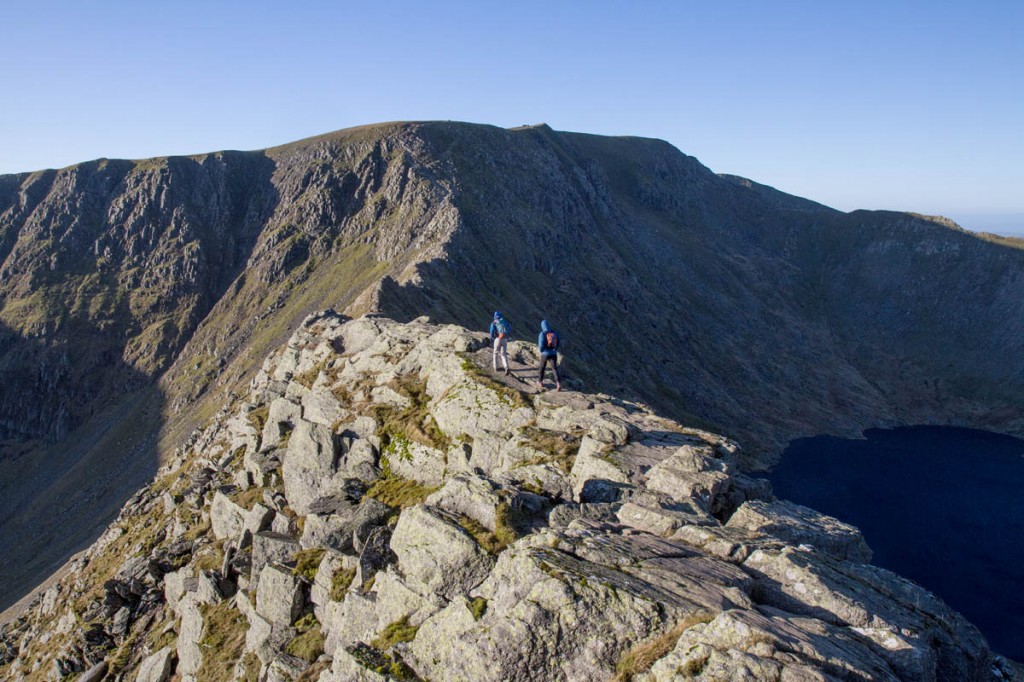
Helvellyn will feature in Terry Abraham's third film in the mountain trilogy. Photo: Bob Smith/grough
The film-maker said he also became acutely aware how much affection locals and visitors alike have for Blencathra. “Whereas I was rather dismissive of the fell initially, now, yes I’ll admit I’ve fallen in love with it. She’s a beautiful mountain. I wouldn’t go as far as to describe it as the mountaineers’ mountain as [Alfred] Wainwright described her. There are better fells for that description in the Lake District, but I can see where he was coming from.
“All the born-and-bred locals call it Saddleback. Offcomers call it Blencathra; I do, but it depends who I’m talking to.”
Abraham started filming it in February 2015 and did my final few shots in March 2016.
“I had edited large chunks of the film when I had the opportunity in-between my shoots, but the bulk of it was done a few weeks before the premiere. When I start editing, I’m on it all the time. I have four hours’ kip at night; I can’t sleep. I’ll suddenly think of a tweak to a scene or I’ll think, there’s something I want to film instead.
“I think it has taken me eight or nine weeks to edit. Filming, I couldn’t possibly tell you how many hours. I gave up counting how many times I’ve been up Blencathra a long time ago.
“I can acknowledge I am bloody-minded or maybe even obsessed, but I if there’s a shot I want, I’ll keep going and keep going. With Blencathra, I got about 80 per cent of what I wanted.”
He had no difficulty describing the worst moment of the shooting. “I had in my mind all these romanticised shots with David Powell-Thompson on the summit of Blencathra in the winter, to close the film. And the day we went to go out, the first of the big January snows had come. We set off with blue skies and sunshine and down in the valley it was rather benign. But once we got half way up Blease Fell, that’s when it turned for the worst.
“The winds were horrendous, the snows were as deep if not deeper than I am tall. We really needed snow shoes. We were crawling for hundreds of yards; it was the only way we could get across without going straight into it.
“It took us ages to get to the top of Blease Fell, and David shouted: ‘I’m an old man, you know.’ I said: ‘Age is a state of mind, David.’ This was greeted with an obscenity about Abraham’s ‘bullshit’. ‘I hope you’ve got a plan B’ the mountain guide said.
“I said, yeah, yeah, we just need to go through Gate Gill and I was thinking: no, there is no plan B. So when we got to Gate Gill I started thinking, what do I do? I still filmed the shots of him in the storm, and you see that in the film and I’m glad we did because it emphasises how the character of the fell changes through the seasons. But it prompted me to film David at a location where he introduces the film. Looking back now, it makes sense that he starts and finishes from the same place.”
There were plenty of good points during filming. “I particularly enjoyed filming Alan Hinkes on Sharp Edge in winter. That was good fun. There was nobody else around. I was under orders from my owner, my wife, not to go on Sharp Edge, but I did. Conditions were perfect; it was brilliant.”
A time lapse of a night-time temperature inversion with the lights of Keswick shining through and the Milky Way was another high point.
Abraham added: “Filming Stuart Maconie and Ed Byrne on Sharp Edge was also fun. What you see of Stuart in the film is real. He doesn’t like walks like that; he’s just a walker.
“The final one in the trilogy is Helvellyn. I’ve got big ideas for the film, which will surprise people.
“I was only 60 -65 per cent happy with Life of a Mountain: Scafell Pike. Blencathra, I’m in the high 80s. I’m really pleased with everyone who took part in the film and how they come across on camera.”
He has admitted he gets very nervous when his films are about to be broadcast, but is looking forward to wrapping up the Alan Hinkes biopic and moving on to the portrait of Helvellyn, England’s third-highest mountain.
Read grough’s review of the full version of Blencathra: Life of a Mountain.
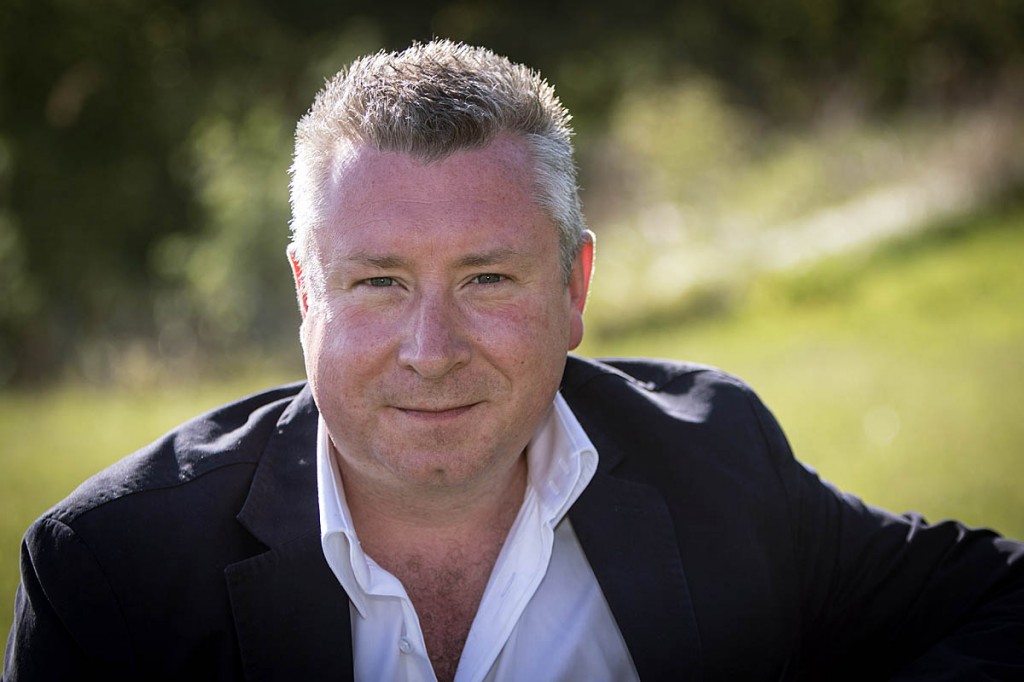
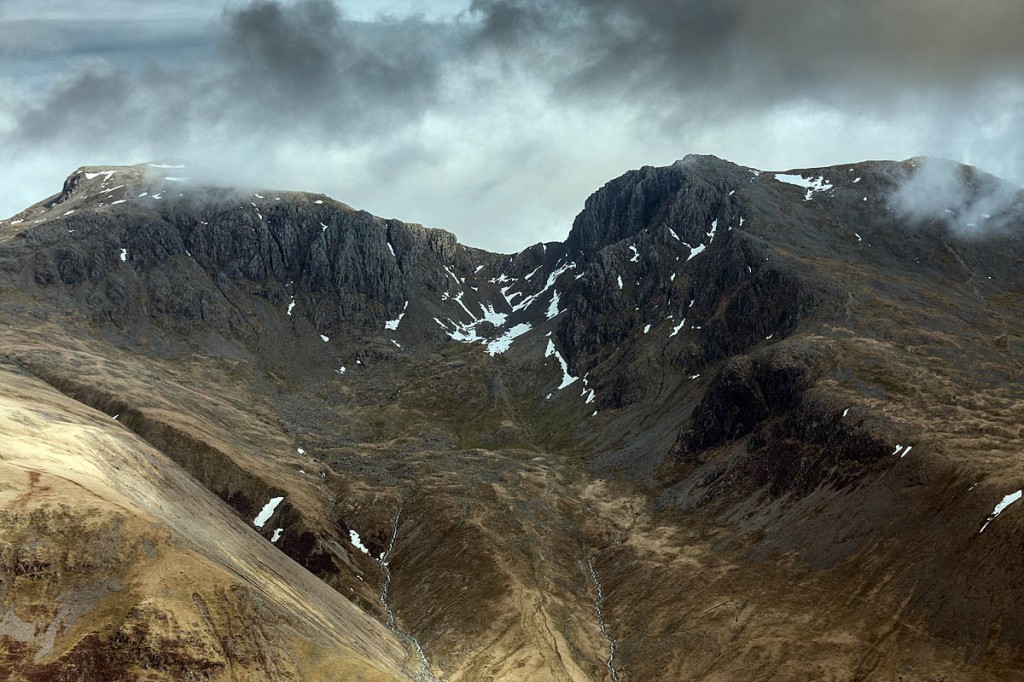
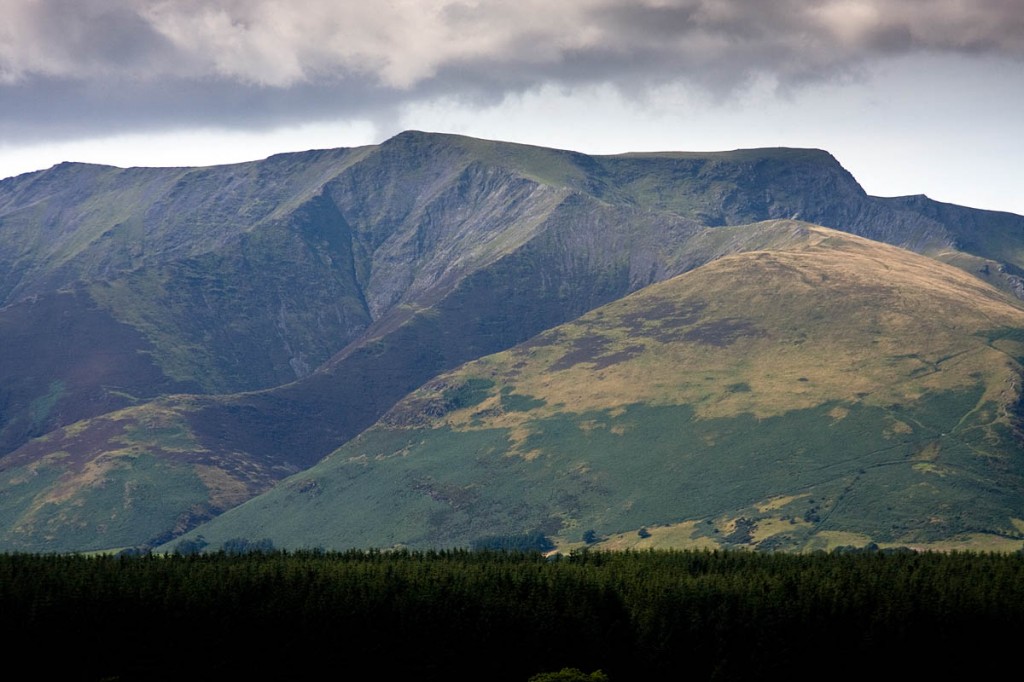
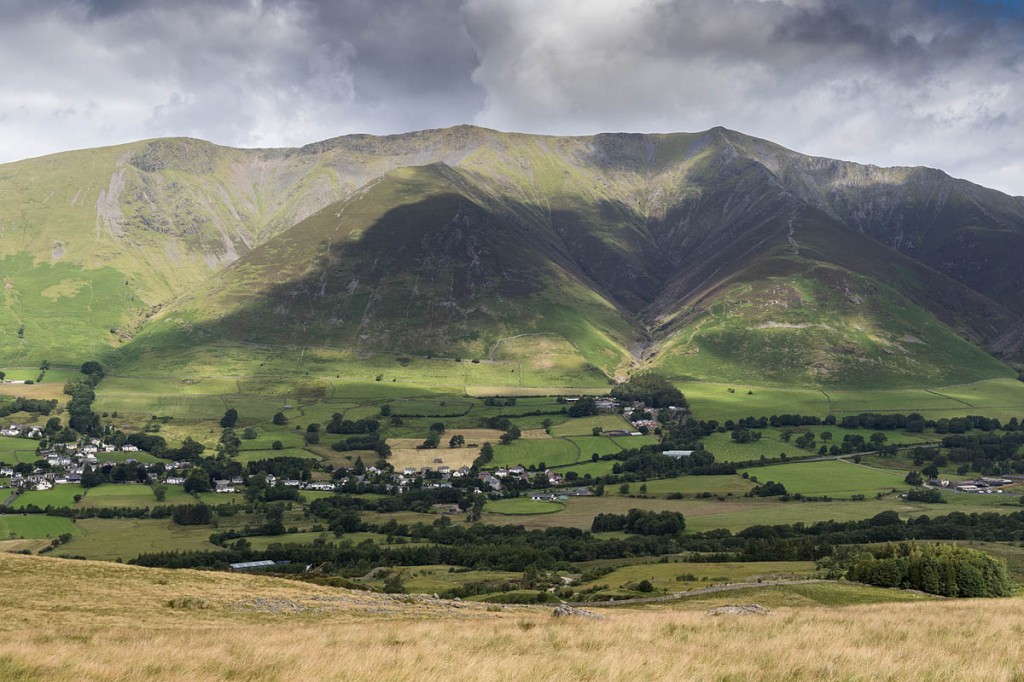
Jane Bell
14 February 2017Fantastic....brilliant, thank you so much. How can i get hold of all the music from the film?